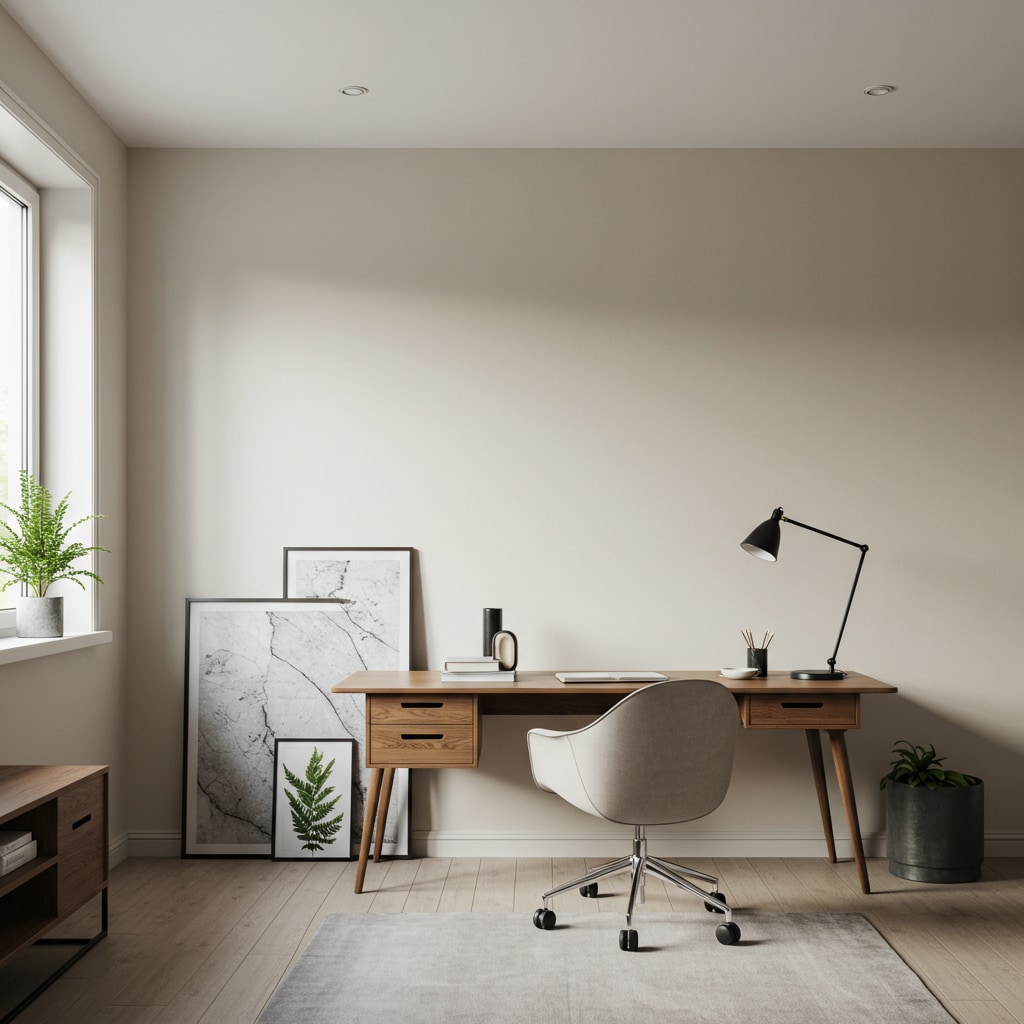
Flat & Matte Paint: A Complete Technical Profile for Professionals
Matthew Rogers
June 3, 2025
4 min read
0:00 / 6:54
Flat & Matte Paint: A Complete Technical Profile
Flat and matte finishes are the least reflective paint sheens available, prized for their ability to create a sophisticated, velvety appearance and conceal surface imperfections. [1, 2] While often used interchangeably, 'matte' typically has a slightly higher sheen and better durability than a true 'flat' finish. [3] For professionals, understanding the technical profile of these low-sheen coatings is essential for specifying them correctly and managing client expectations.
Defining Flat & Matte: The Technical Metrics
The distinction between flat and matte is defined by their minimal interaction with light, measured in gloss units (GU).
Gloss Units (GU)
According to industry standards, these finishes have very low gloss readings. For low-sheen paints, the 85-degree angle is often the most useful measurement. [4]
- Flat Finish: Typically measures **below 5 GU at a 60-degree angle** and less than 10 GU at an 85-degree angle. [5, 6]
- Matte Finish: Generally falls in the range of **5-10 GU at a 60-degree angle**. [6]
Pigment Volume Concentration (PVC)
Flat and matte paints have a high PVC, meaning the volume of pigment is high relative to the binder. [4] This high pigment load is what creates the non-reflective, porous surface that scatters light rather than reflecting it, which gives these finishes their signature hiding power. [1, 4]
Ideal Applications for Flat & Matte Finishes
The unique properties of flat and matte paints make them ideal for specific applications where aesthetics and hiding power are prioritized over durability. [2, 7]
- Ceilings: This is the most common application. A flat finish minimizes light reflection, hiding imperfections and creating a smooth, uniform appearance overhead. [2, 7]
- Low-Traffic Areas: Formal living rooms, dining rooms, and adult bedrooms are excellent candidates for the elegant, sophisticated look of a matte finish. [1, 7]
- Accent Walls: Using a deep, rich color in a matte finish can create a dramatic, velvety accent wall with a strong sense of depth. [1]
Performance Specifications: The Professional Standard
The high pigment-to-binder ratio that gives flat and matte finishes their desirable appearance also defines their performance limitations.
Durability and Washability
The porous nature of low-sheen finishes makes them more susceptible to wear and more difficult to clean. [2, 8]
- Scrub Resistance (ASTM D2486): Flat paints have the lowest scrub rating, often withstanding **fewer than 100 cycles**. [6] Premium matte finishes, like a matte enamel, offer slightly better performance, sometimes rated for 100-400 cycles.
- Washability: These finishes are difficult to clean without 'burnishing'—damaging the surface and creating a noticeable shiny spot. [2, 8] They are not recommended for areas that require frequent washing.
Hiding Power and Touch-Up
This is where flat and matte finishes excel. Their non-reflective surface scatters light, which makes them **superior at hiding minor surface imperfections** like bumps, patches, and drywall seams. [1, 2, 7] This same quality also makes them the **easiest of all sheens to touch up**, as the low gloss level helps new paint blend seamlessly with the old. [2, 8]
Application: Best Practices for a Flawless Finish
While forgiving, achieving a uniform low-sheen finish still requires proper technique.
Surface Preparation
A quality primer is essential to even out the porosity of the substrate, ensuring the finish coat absorbs evenly and preventing issues like flashing or ghosting. [7]
Application Technique
- Tools: A roller with a 3/8" to 1/2" nap is typically ideal for applying flat and matte paints to walls and ceilings. [7]
- Maintaining a Wet Edge: To avoid lap marks, it's crucial to maintain a wet edge while painting, working from an unpainted area into the last wet stroke. [7]
- Avoid Over-Brushing: Excessive brushing can create texture in the paint film that may be visible as a 'hatbanding' effect around the edges of a wall.
Conclusion
Flat and matte paints are the go-to choice for creating elegant, sophisticated spaces and are unmatched in their ability to conceal surface flaws, particularly on ceilings. While their low durability makes them unsuitable for high-traffic or high-moisture areas, their excellent hiding power and touch-up capabilities make them an essential and valuable option in a professional painter's portfolio. Understanding their technical limitations is key to using them effectively and ensuring a beautiful, long-lasting result that meets client expectations.
Frequently Asked Questions
Citations & Sources
- BEHR - How To Choose An Interior Paint Sheen & Finish
- Sherwin-Williams - How to Choose a Paint Sheen
- The Spruce - What Is Matte Paint? The Pros and Cons
- BYK-Gardner - Understanding Gloss Measurement
- Master Painters Institute (MPI) - MPI Approved Products List Glossary
- Dunn-Edwards Paints - Paint Sheen Chart & Gloss Paint Guide
- This Old House - All About Paint Sheen
- Bob Vila - All the Paint Sheens, Explained
Ready to Transform Your Painting Business?
Join the revolution in professional painting quotes
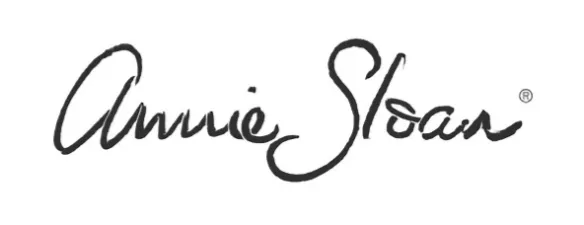


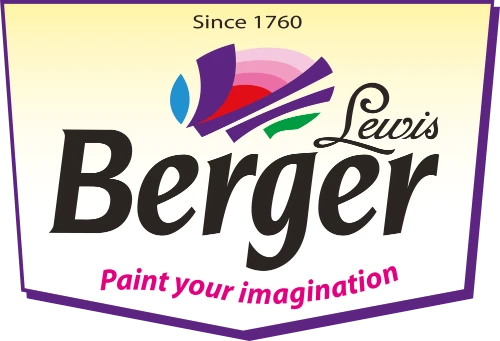


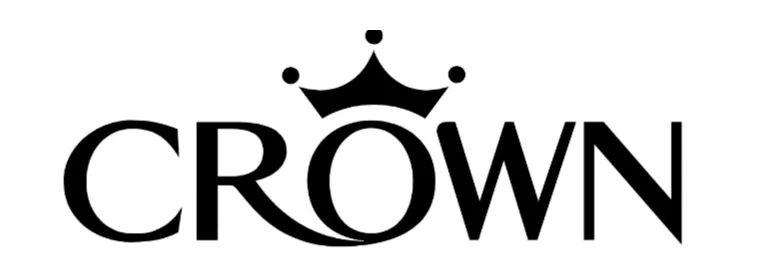

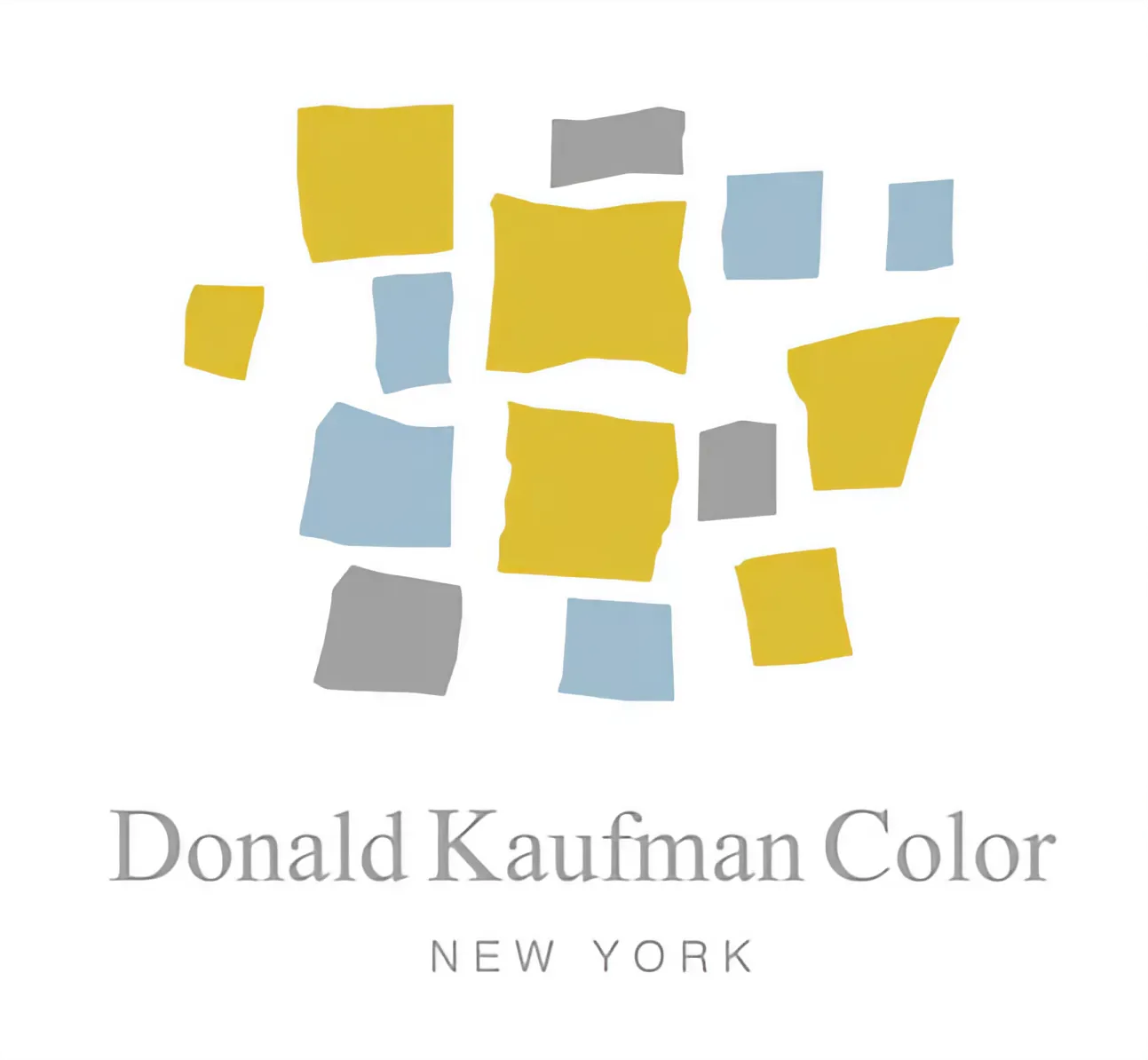
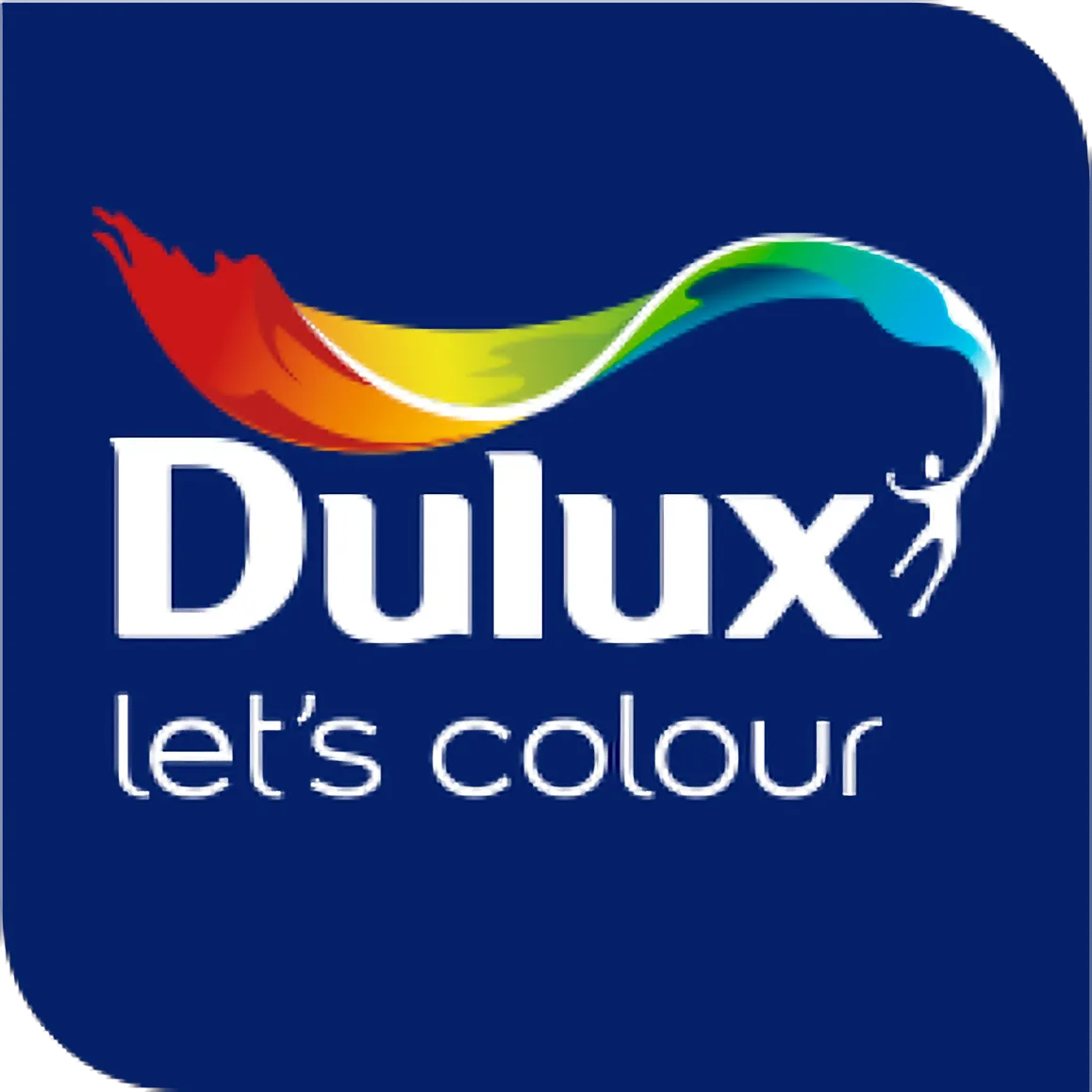


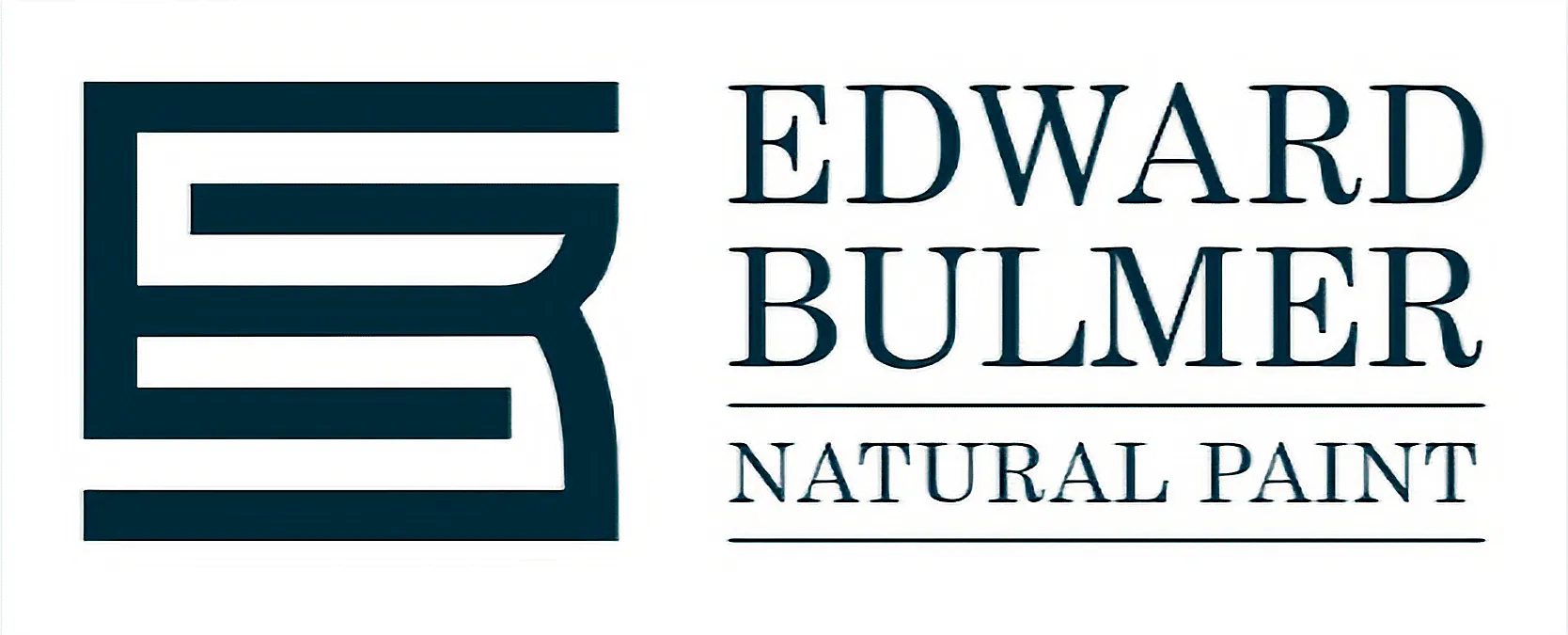
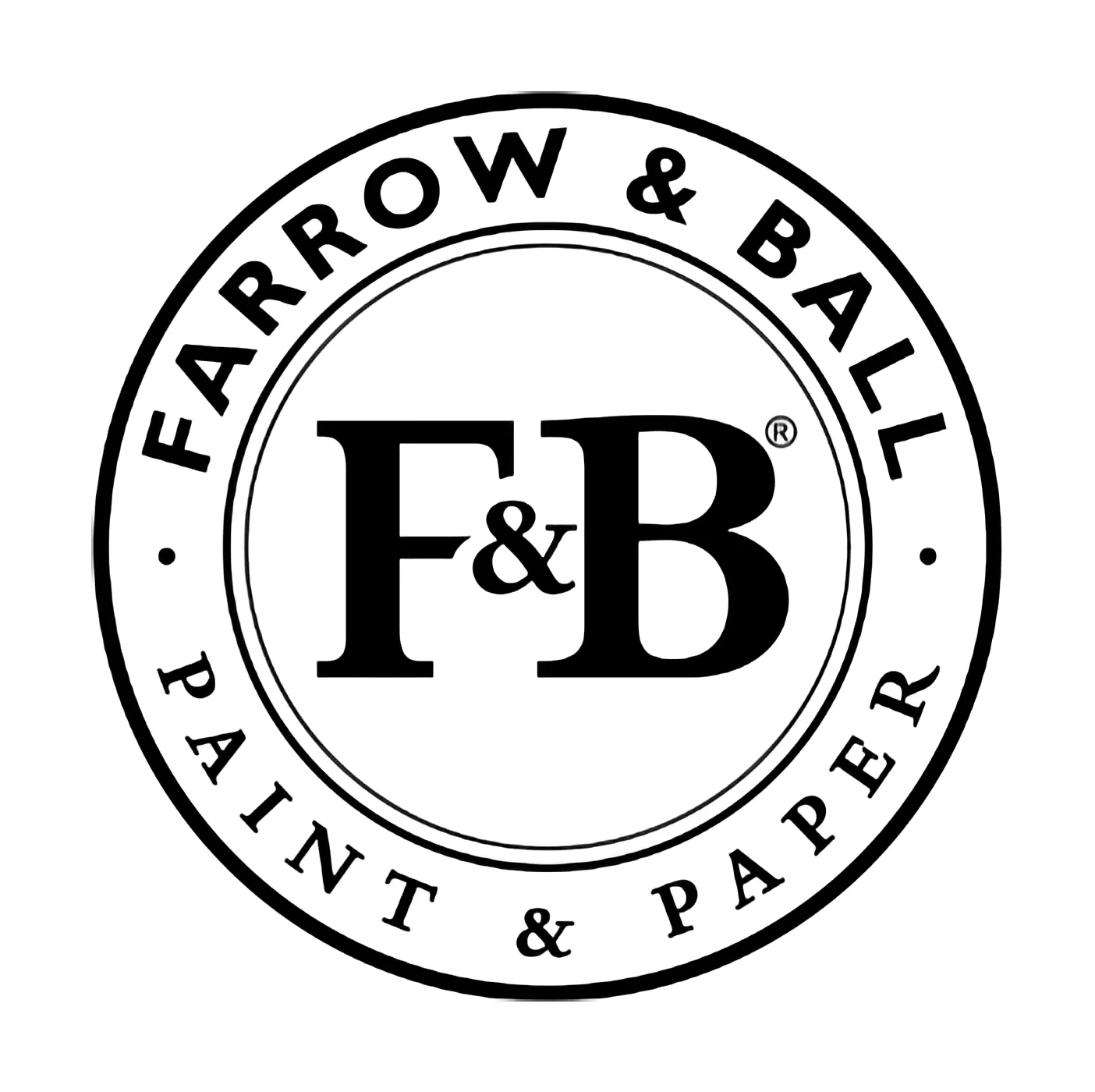


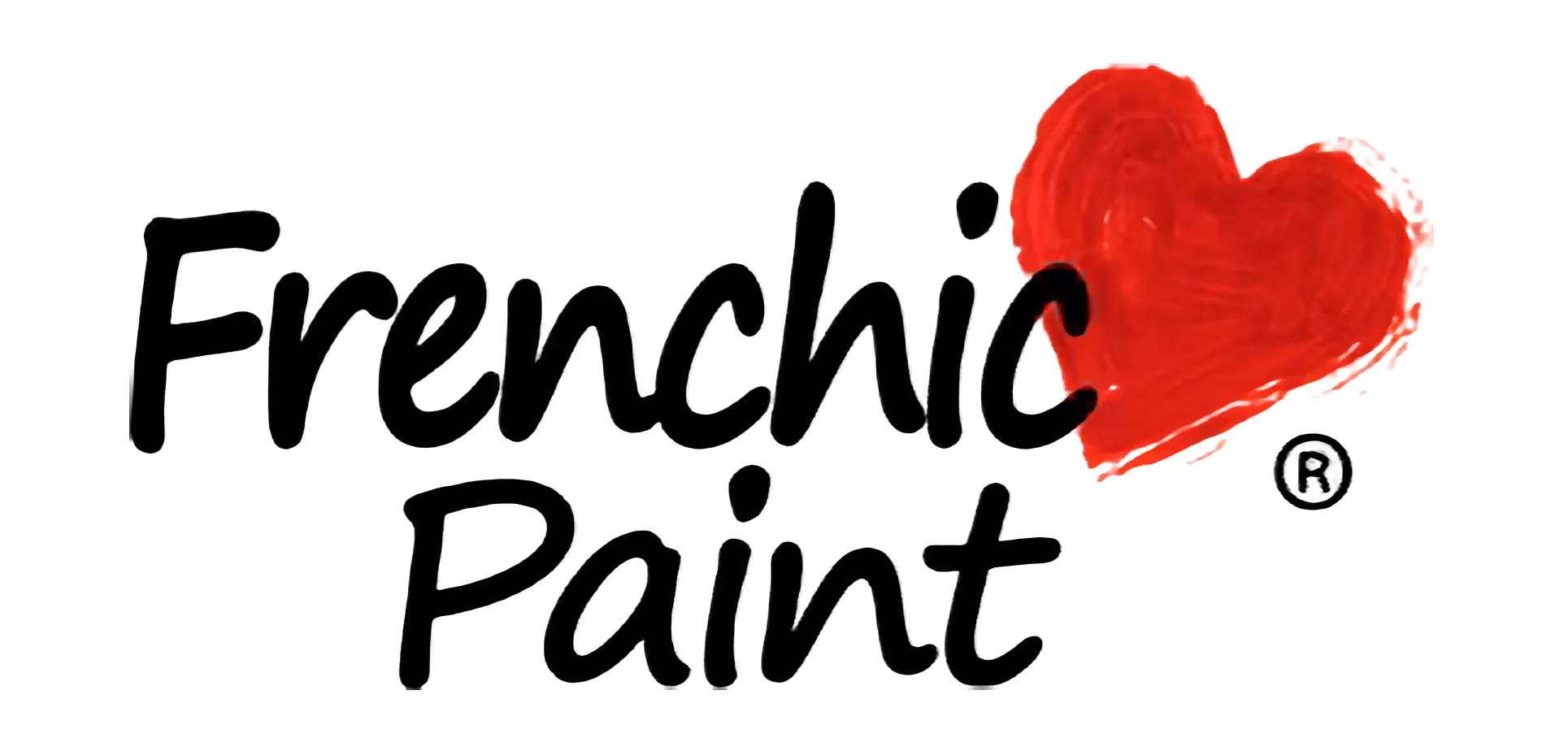

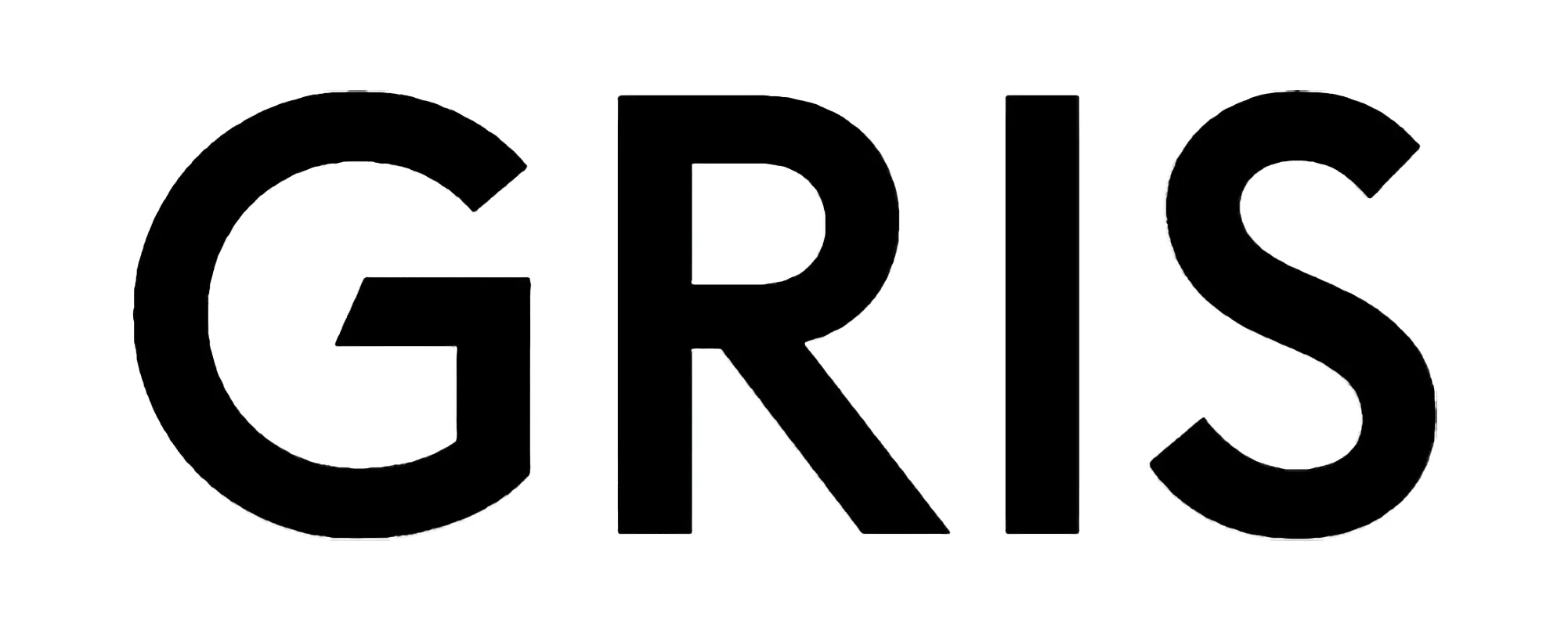
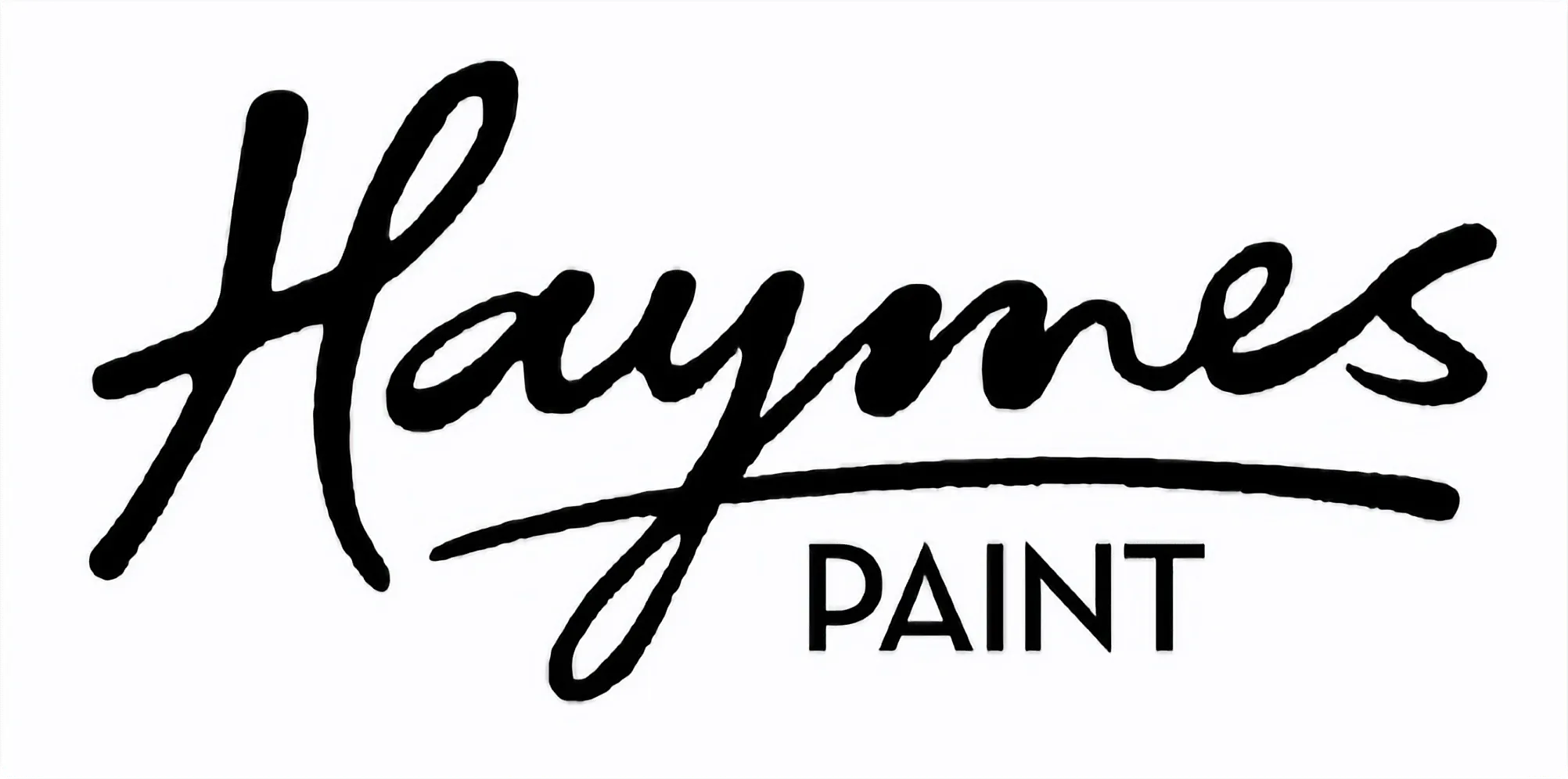
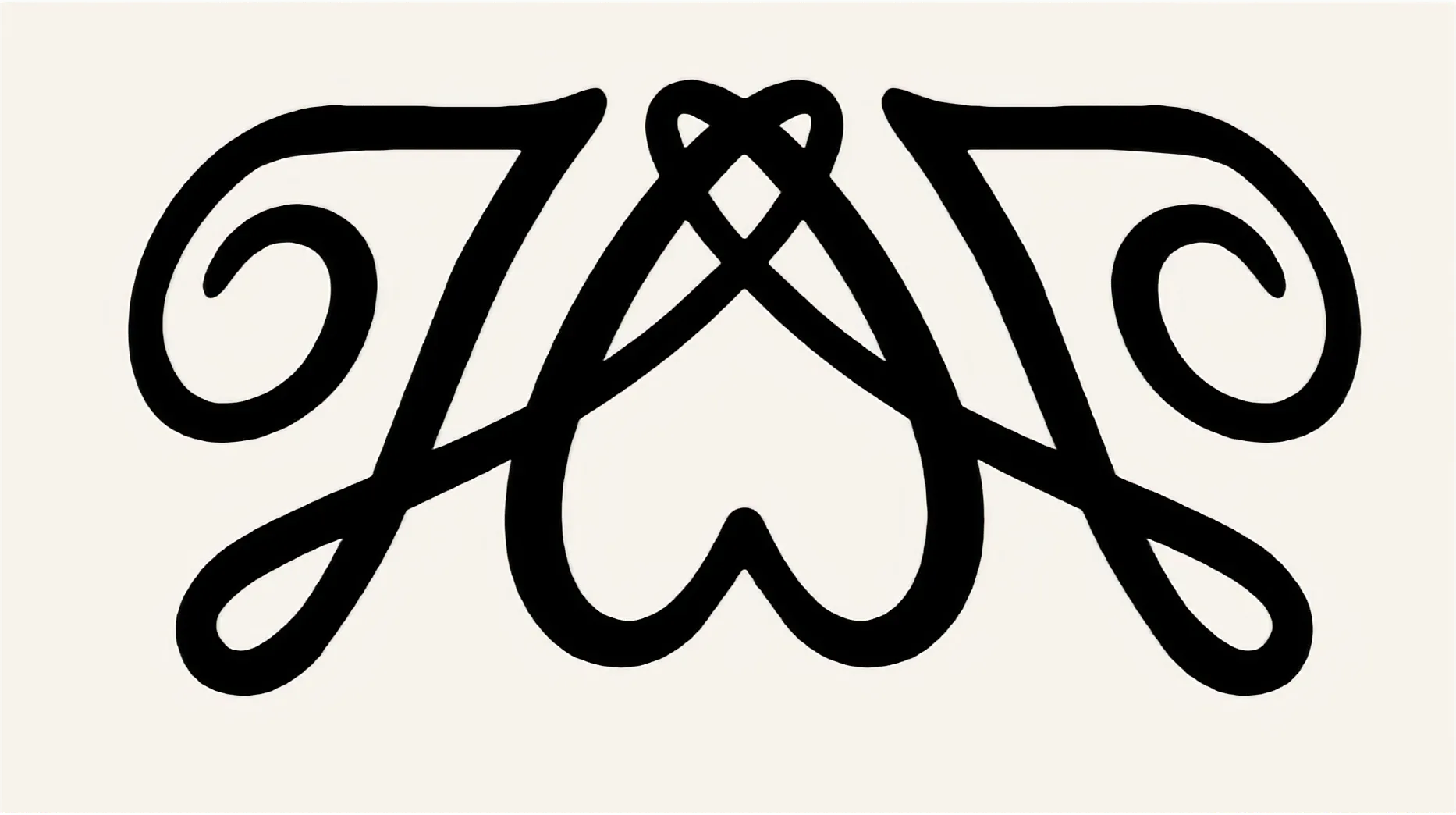
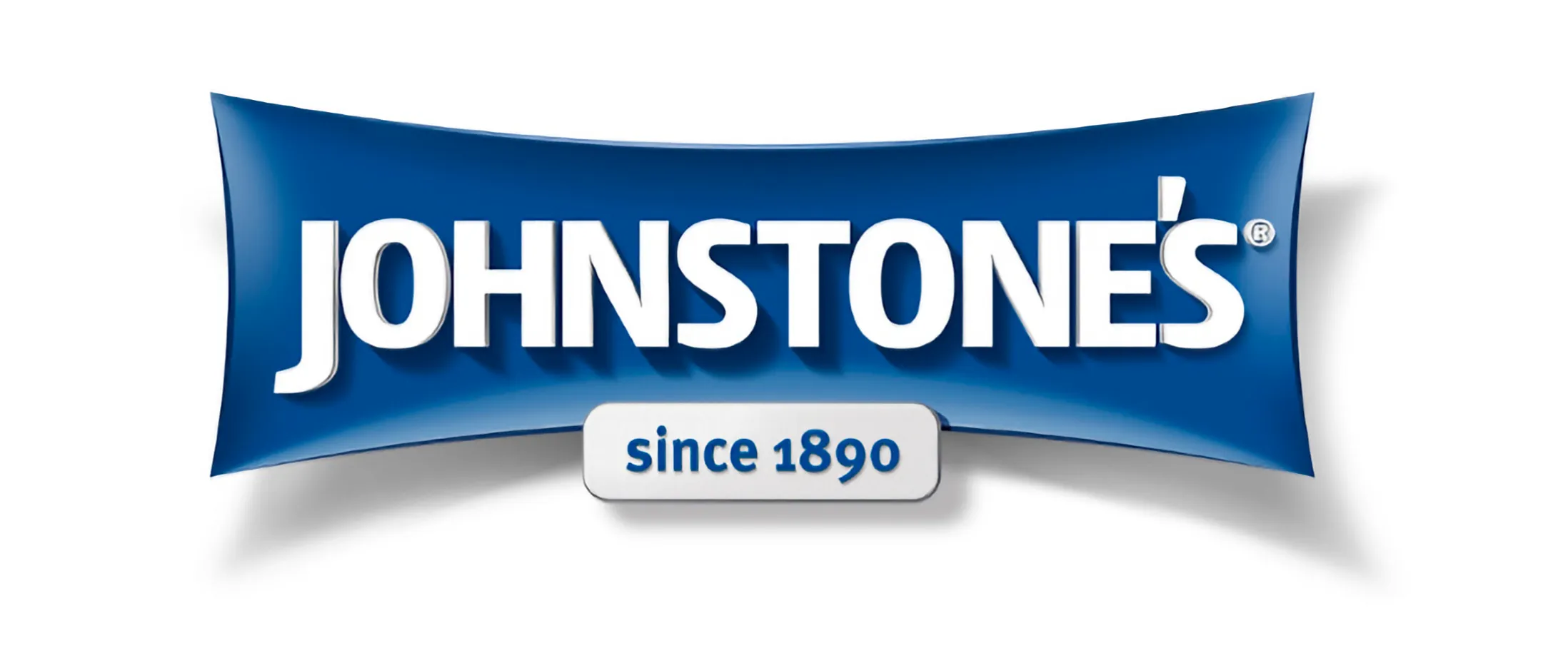





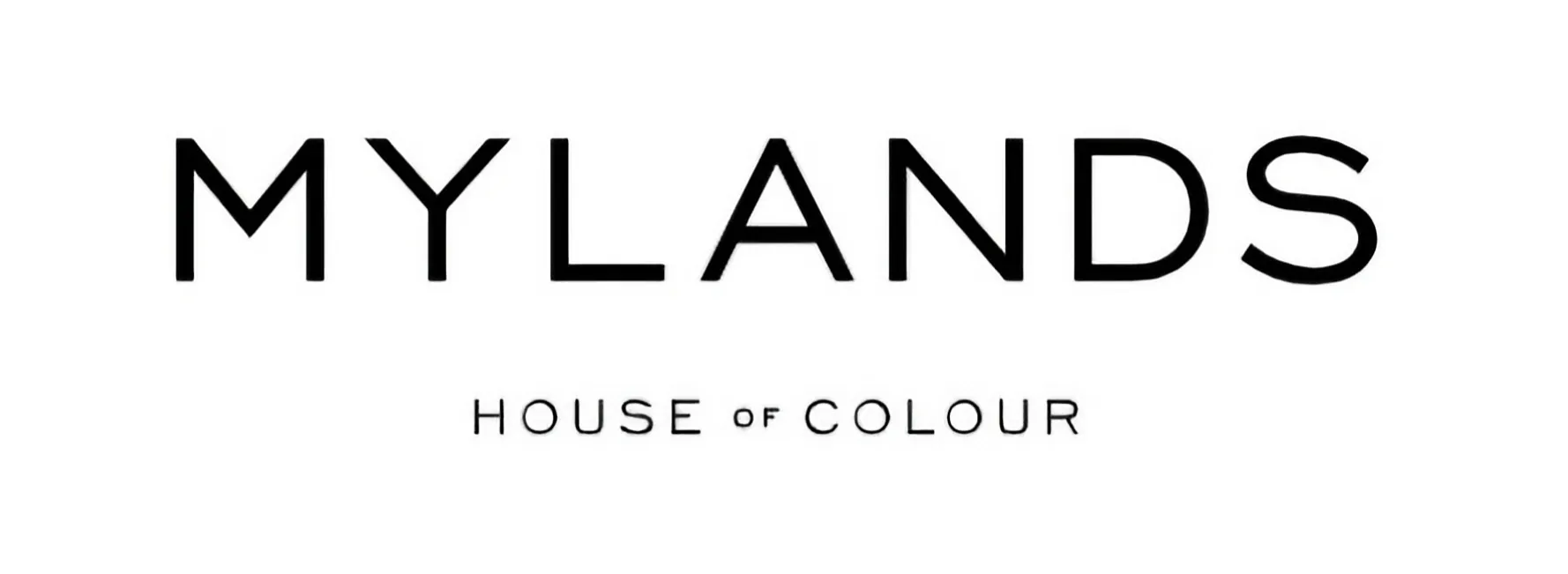




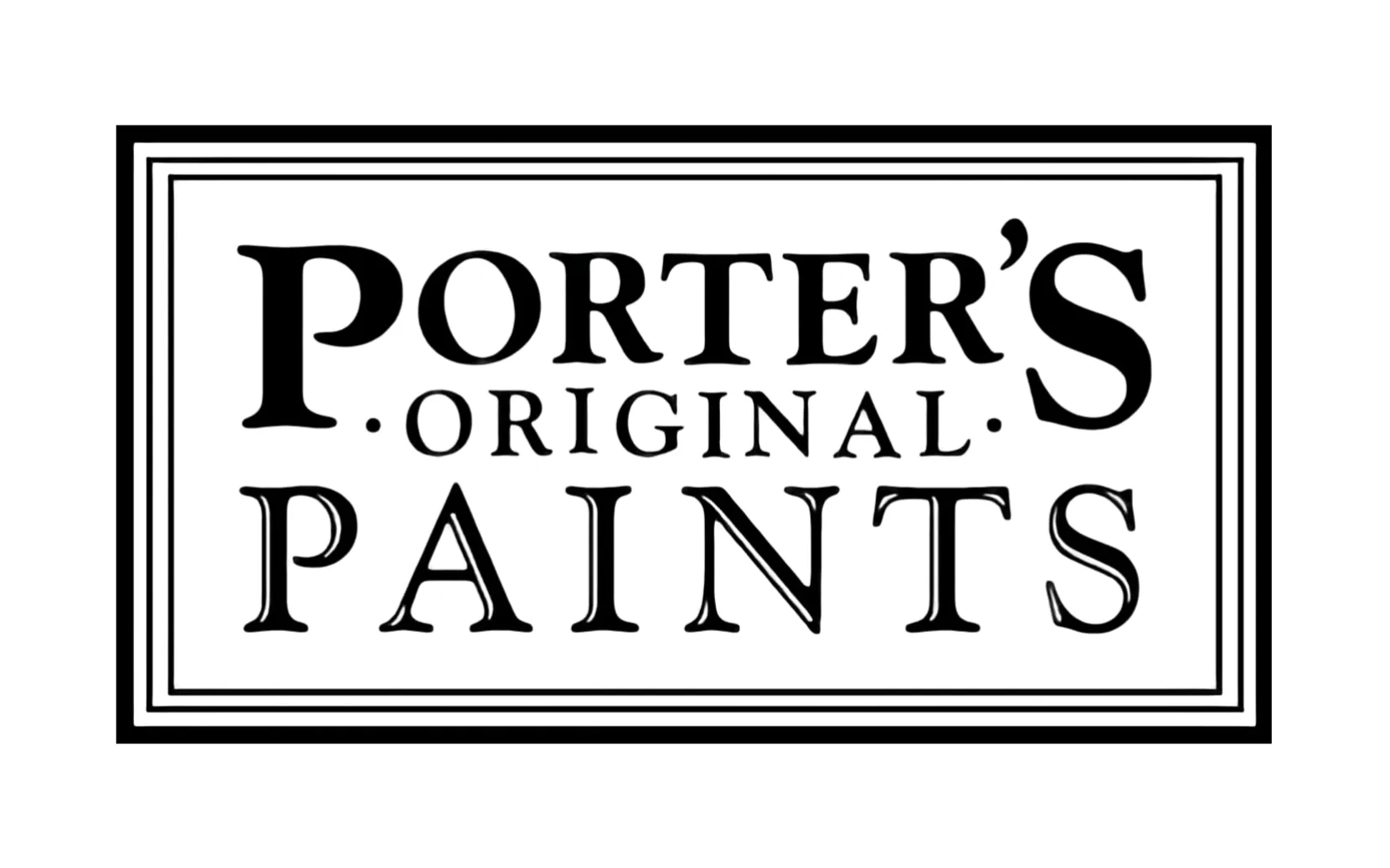


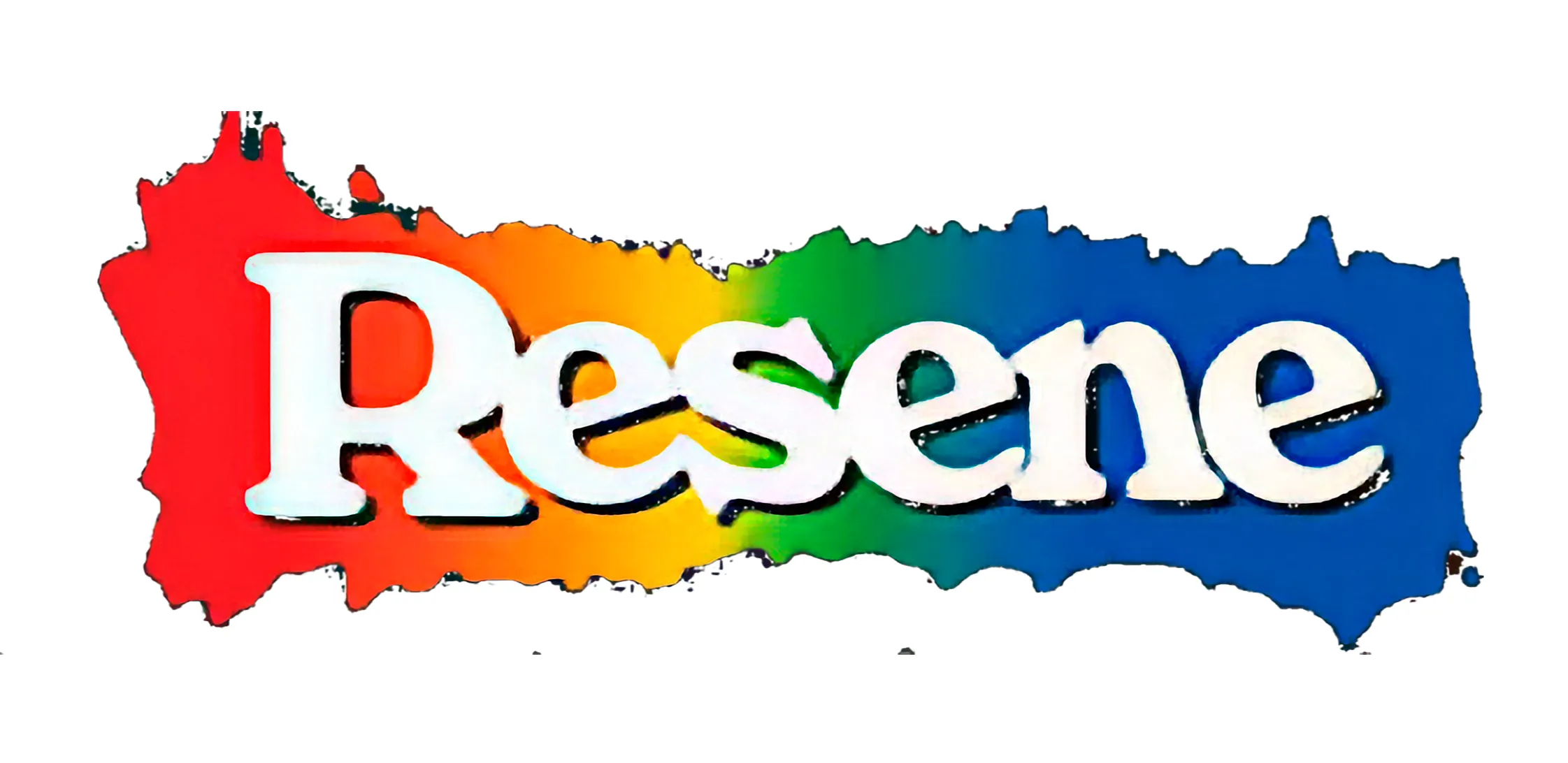





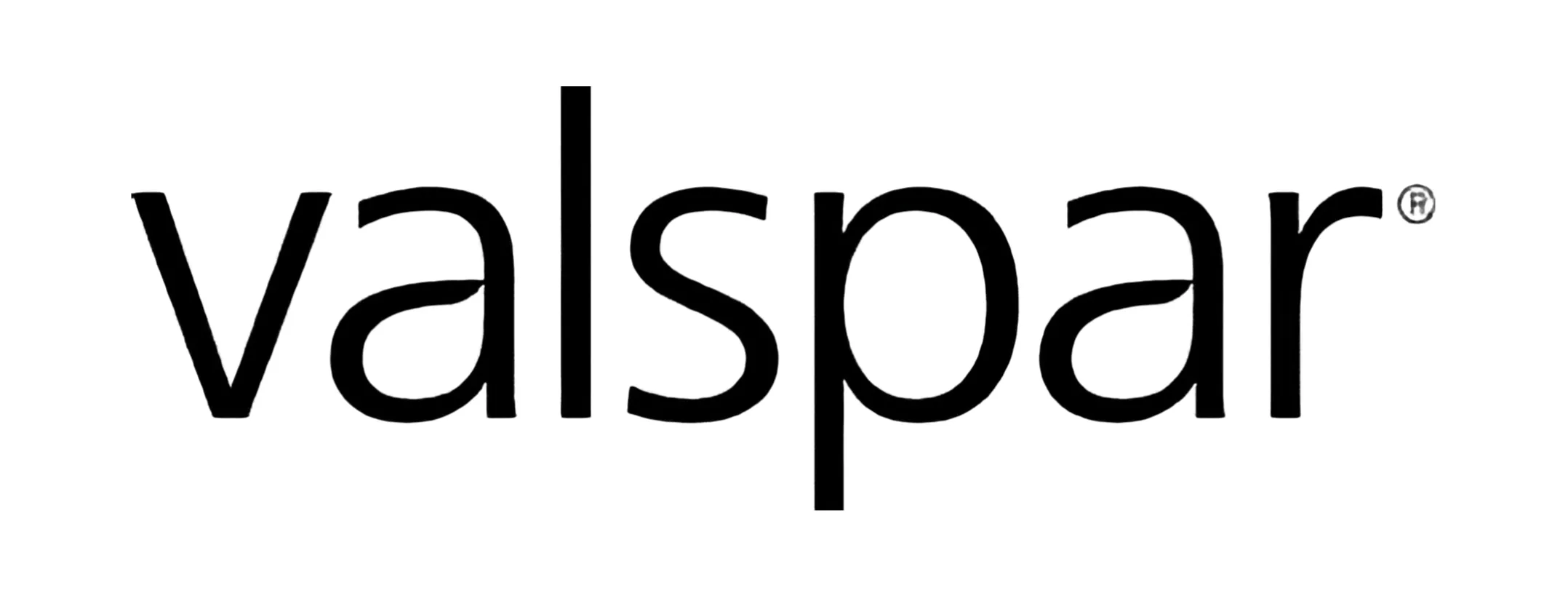
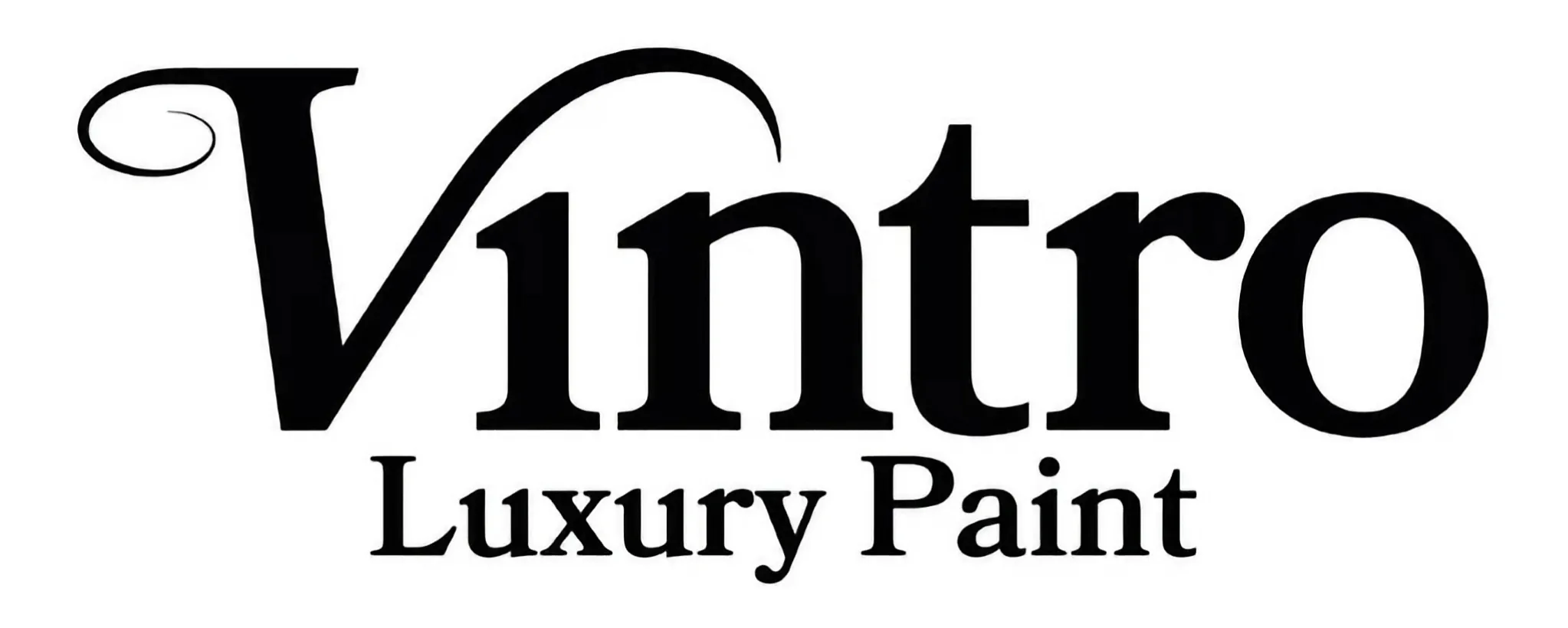



















































Stay Updated
Get industry insights, feature updates, and growth tips delivered to your inbox.
© 2025 PaintQuote Pro. All rights reserved.
Payments securely processed by Stripe


